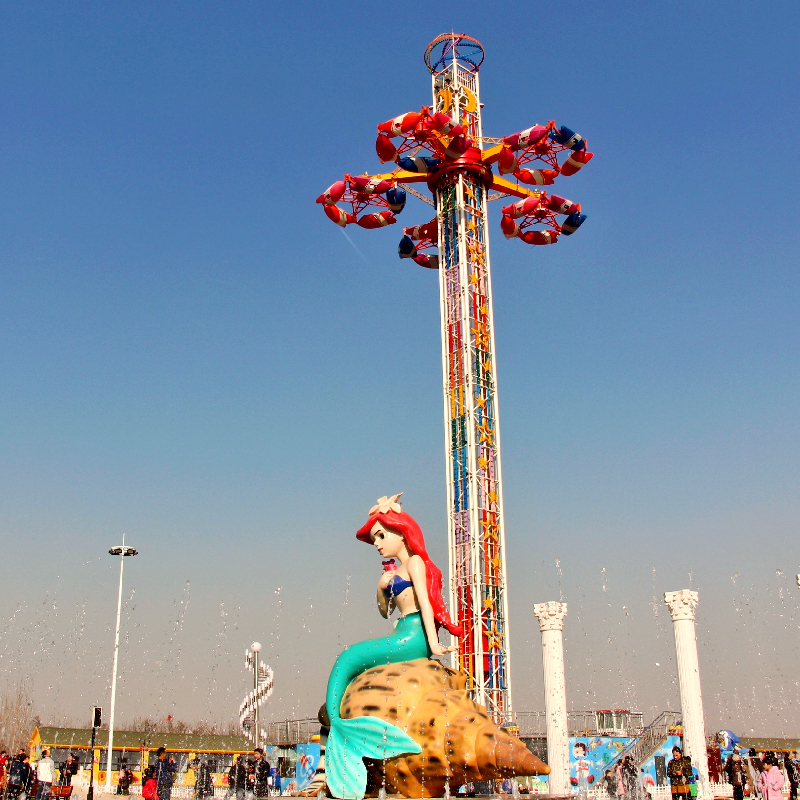- Albanian
- Arabic
- Belarusian
- Bengali
- Czech
- English
- French
- German
- Hebrew
- Hungarian
- Indonesian
- irish
- Italian
- Japanese
- kazakh
- Persian
- Russian
- Thai
- Uzbek
- Vietnamese
the first roller coaster
The First Roller Coaster A Journey Through History and Innovation
The thrill of riding a roller coaster is an experience cherished by thrill-seekers around the world
. But have you ever wondered about the origins of this exhilarating ride? The story of the first roller coaster is a fascinating blend of history, culture, and engineering prowess that dates back to the early 17th century.The concept of the roller coaster originated long before the modern amusement parks we know today. The earliest precursor to the roller coaster can be traced back to Russia in the 1600s. These sliding mountains, as they were called, were large wooden structures built on hills, where riders would slide down on sleds made of ice. The idea quickly spread to France, where it evolved further. By the late 17th century, the French had developed a version using wheeled carts that glided down wooden inclines, marking a significant shift towards what we would recognize as a roller coaster today.
The true breakthrough came in the early 19th century, with the introduction of the Gravity Road. This invention was a marked improvement over its predecessors, utilizing a more sophisticated design that incorporated tracks. In 1884, LaMarcus Adna Thomson, an American inventor, built the Switchback Railway at Coney Island, New York. This is often credited as the first true roller coaster in America. The Switchback Railway featured a series of gentle slopes and curves that provided a thrilling experience for its riders, reaching a height of only 50 feet. Riders traveled at a speed of 6 miles per hour, a relatively modest pace by today's standards, but it was a groundbreaking experience for those at the time.
Thomson's design set off a roller coaster revolution across America. As safety measures were improved and engineering technologies advanced, the designs of roller coasters became more elaborate. The late 19th and early 20th centuries saw the introduction of more complex structures, incorporating loops and higher speeds that amplified the thrill. The Scenic Railway, introduced in 1887, and the Dips in 1902 showcased the increasing popularity and potential for innovation in roller coaster design.
the first roller coaster

The roller coaster industry gained significant momentum through the 1920s, becoming a staple attraction in amusement parks. Notably, in 1927, the Cyclone at Coney Island opened, a wooden coaster that became a landmark of thrill rides. It featured steep drops, sharp turns, and a dizzying series of dips that captivated riders and set records, standing as one of the most celebrated roller coasters of its time.
As the decades progressed, advancements in technology continued to transform roller coaster design. The introduction of steel tracks in the 1950s provided a smooth ride and allowed for intricate designs that wooden coasters simply could not achieve. Iconic coasters such as the Matterhorn Bobsleds at Disneyland and the Cedar Point's Magnum XL-200, which opened in 1989 as the world’s first coaster over 200 feet tall, pushed the boundaries of what a roller coaster could be.
In contemporary times, roller coasters have become more than mere rides; they are engineering marvels, boasting innovative technologies such as virtual reality enhancements and automated safety systems. While riders now experience exhilarating drops and intense speeds, the spirit of adventure that characterized the first roller coaster remains intact.
In conclusion, the roller coaster's evolution from the icy hills of Russia to the adrenaline-pumping rides of today reflects not only advances in technology and engineering but also a deep-seated desire for thrill and innovation. As we continue to seek out new heights and experiences at amusement parks, we can appreciate the pioneering spirit that led to the creation of the very first roller coaster—a testament to human creativity and an enduring symbol of fun.
-
Flume Ride-Hebei Zhipao Amusement Equipment Manufacturing Co., Ltd.|Thrilling Water Attraction&Customizable DesignJul.30,2025
-
Flume Ride - Hebei Zhipao Amusement Equipment | Water Coaster, Thrilling DescentJul.30,2025
-
Flume Ride - Hebei Zhipao | Thrilling Water AttractionJul.30,2025
-
Flume Ride: Thrilling Water Attraction by Hebei Zhipao|Log Flume Manufacturers&Flume Ride DesignJul.30,2025
-
Flume Ride-Hebei Zhipao Amusement Equipment Manufacturing Co., Ltd.|Thrilling Water Coaster, Safe DesignJul.30,2025
-
Flume Ride-Hebei Zhipao Amusement Equipment Manufacturing Co., Ltd.|Thrilling Water Attraction, Safe DesignJul.30,2025
